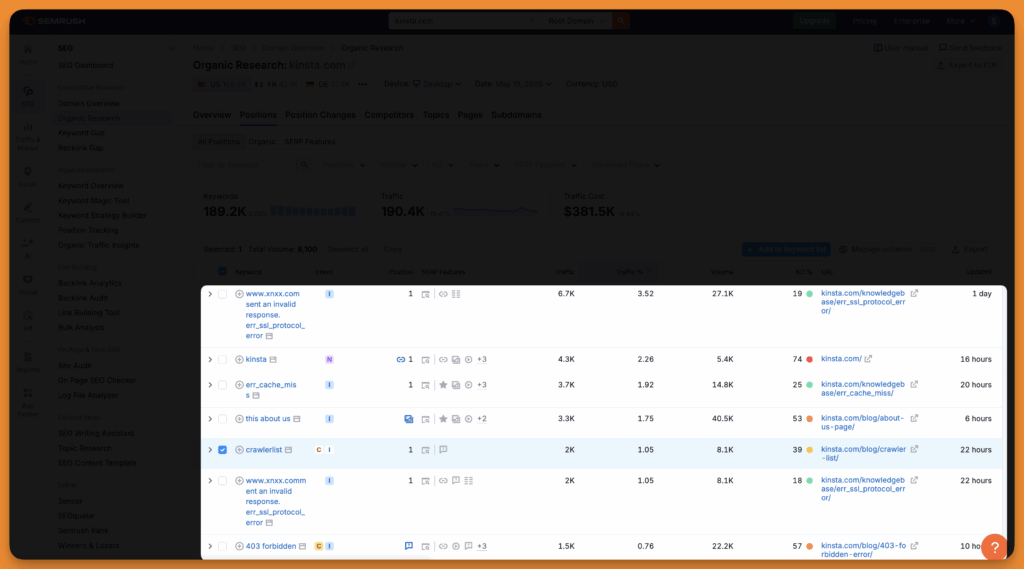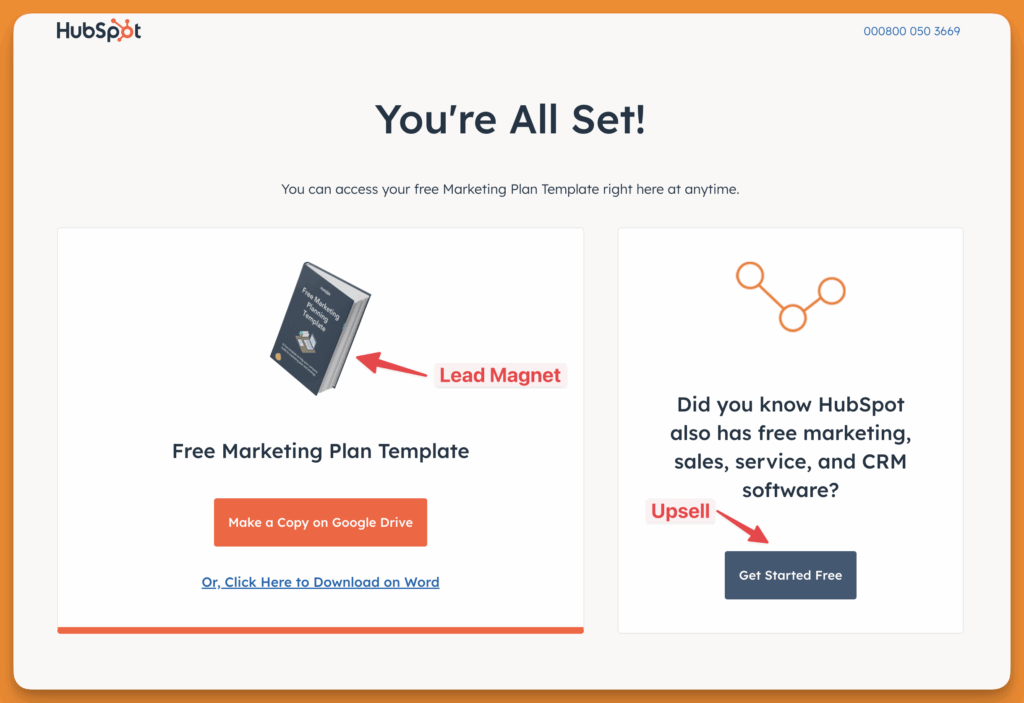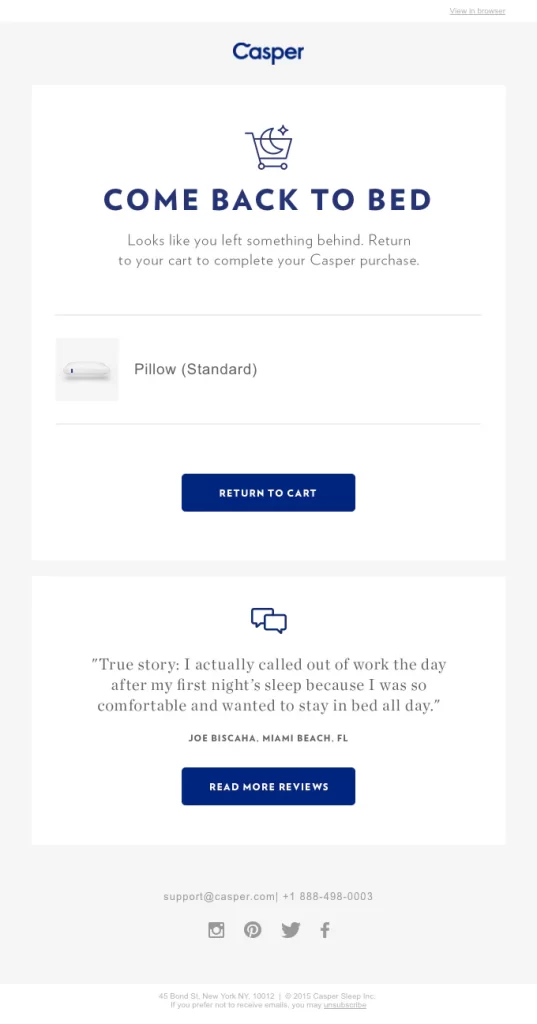Key Takeaways
- You don’t need complex strategy to make money
- A simple & clear offer paired with a sales funnel is enough
- The 4 step SEO funnel: Tofu-lead magnet-upsell-retargeting ads
What is an SEO Sales Funnel?
An SEO sales funnel is a strategic framework designed to guide potential customers from discovering your product to becoming loyal customers.
It’s not just about driving traffic; it’s about attracting the right audience, engaging them with tailored content, and converting them into paying customers. No amount of traffic can bring you sales if your content is not optimized for it in the first place.
Revenue should be your primary KPI; everything else is secondary.
Think of it as a journey where visitors start at the top, searching for solutions, and gradually move down as they learn more about your product and decide to buy.
Here’s how a good content strategy drives sales:
At the top of the funnel, SEO helps attract high-intent traffic—people actively searching for answers your business solves.
Through targeted blog posts, guides, or comparison articles, you educate them about their problems and subtly introduce your solution.
As they move deeper into the funnel, content like case studies or product demos nurtures their interest and builds trust.
By the time they reach the bottom, they’re primed to subscribe or book a demo because your content has answered their questions and proven your value.
Now, here’s the kicker: focusing solely on SEO without a solid content marketing strategy is a recipe for disaster.
SEO might bring in visitors, but without strategic content that aligns with their journey, those visitors will bounce, and your startup could lose hundreds of thousands in potential revenue.
If you pick a topic purely based on the search volume, you only invite higher server bills without any ROI.
Content marketing ensures that every content serves a purpose – attracting, educating, or converting.
Without it, you’re essentially throwing money at traffic that doesn’t convert.
For founders and decision-makers, an SEO sales funnel isn’t just a marketing framework—it’s the backbone of your sustainable growth.
When done right, it transforms random clicks into loyal customers who stick around for years.
Related: How to leverage internal links to build revenue streams?
Why You Need an SEO Sales Funnel?
Before you proceed with reading, I have to qualify you. This is to ensure you don’t waste time on something that’s not relevant to you.
SEO sales funnel isn’t for everyone. To figure out if you actually need one, answer the following questions to the best of your knowledge.
- Do you think your content scratches your itch?
- Can you generate paid customers/clients at will?
- Can you predict the revenue of your blog this month?
- Do you spend any money on ads to promote your content?
- Do you spend hours and hours writing content every week?
- Have you figured out your strengths and work only on those?
- Does your domain rank #1 for at least 1000 keywords on Google?
- Do you have at least 1000 unique backlinks pointing to your domain?
- Do you have at least one linkable asset that grows your domain authority?
- Does your business blog match the search intent of your target customers?
- Does your content build an audience for you (at least 100 leads/day or more)?
- Does your business blog hit financial goals without paid ads or cold marketing?
- Does your content drive direct revenue for your business? (at least $30k/month)
- You can stop publishing content for a month or so & still revenue grows effortlessly?
- Do you know exactly how to add $100,000 worth of customers/clients to your pipeline?
- Do you get positive feedback from your target audience about the helpfulness of your content?
These questions will tell you if you need a content strategy or not.
Based on your answers, if you think you’re on the right track, you can skip this playbook and focus on growing your business further. If not, continue reading.
This will prove to be a life-changing playbook for your business. Here’s what the funnel looks like.

The Problem With Your Current Content Marketing Strategy
Most companies focus too much on optimizing (sometimes over-optimizing) pages, so they forget to create content worth showing up in search results.
Creating content using only high-search-volume keywords might bring organic traffic, but it will definitely not bring revenue.
High traffic doesn’t mean a successful revenue run. Most founders don’t find relevant and profitable keywords for their business, let alone create content around them.
Not you! Since you’re here, you will learn how to find such keywords.
The problem with such keywords is that they ignore the search intent. Almost all high search volume keywords are informational, and there’s little to no room for revenue.
Sure, one would argue that “High search volume keywords can be used to send traffic down the funnel”.
Good luck ranking for those keywords by spamming your domain with backlinks and generic social media posts promoting that page, for years to come.
Some businesses flood their sites with low-value or AI-generated content in the name of scaling, aiming to rank for as many keywords & as soon as possible.
This approach might boost short-term traffic but damages credibility and fails to engage users in the long run.
Don’t trust me? Here’s what Google & OpenAI are cooking for such sites using AI-generated content.
Metrics like organic traffic volume or social shares often distract teams from what matters—qualified leads and conversions. This misalignment wastes resources and creates a false sense of progress.
Even when companies attract the right audience, they fail to optimize landing pages, CTAs, or product pages for conversions. Visitors leave without taking action, turning valuable traffic into a missed opportunity.
Many startups treat SEO as a checklist rather than an ongoing process. SEO is as important as developing and updating your product based on customer feedback.
Startups fail to adapt to algorithm changes, update outdated content, or refine their strategies based on performance data.
Targeting broad or irrelevant keywords often attracts visitors who are uninterested in your product. This wastes time and skews analytics, making it harder to measure actual performance.
Without a clear plan that integrates SEO with content marketing, startups risk burning through budgets without seeing meaningful returns.
This can cost hundreds of thousands of dollars in lost revenue, opportunities and wasted efforts.
Implementing a Successful SEO Sales Funnel for Your Startup
It would be unethical if I said SEO doesn’t take time. It does, but not as much as the internet says. Every channel takes time. Nothing will make you instant money, not even paid ads.
SEO takes time because (especially when your business blog is new), search engines don’t understand how to show your product/service to.
To help search engines understand your product/business, you need a strategy, a system that ensures you don’t burn out creating content that nobody wants to consume.
#1 Identify Top-Performing Pages on Your Site
This would require having some amount of published content on your business blog. Also, your pages should be ranking for relevant keywords.
Without these, you would end up identifying irrelevant pages for sales optimization.
Here’s how you can find top-performing pages.
Step 1: Go to Semrush and enter your domain in “Domain overview.” For this post, let’s take Kinsta’s blog as an example.

Straight away, you can identify the top-performing posts on the Kinsta blog.
I consider 3 factors to identify top-performing posts:
- Estimated traffic: This tells me how many potential customers I can capture from that post
- Potential traffic: This gives me a list of all the keywords a particular page can rank for
- SEO Difficulty: This tells me how difficult it is to rank #1 for the chosen keyword.
Keep in mind, you have to choose the most-visited pages on your business blog. Don’t disqualify a page if it’s not ranking in the top 3. Always double-check & see if the page is ranking for featured snippets for any keywords.
You can use Semrush to check for SERP features for which your pages rank.
Go to Organic Research > Positions > SERP Features to find this report.
Here’s an example from the Kinsta blog:

The blog post on Linux commands doesn’t rank in the top 10 but ranks in the People Also Asked section and featured snippet. Spend some time identifying such posts, these are untapped pages that can add massive potential revenue to your pipeline.
Finding such pages is troublesome, but with Semrush, you can do this very easily.
Prompt to identify published posts for sales: List 12 published posts that [domain name] can use to convert 100 visitors into paid customers. Pick only those pages that can be used to capture potential customers for [plan name]. I will create lead magnets that qualify the potential customers for upsell later. Study the features/benefits under [plan name]. Share link to those posts and explain why you chose that post and explain action items to convert visitors into customers.You’d need deep research for this prompt to work properly. I use Perplexity for deep research. It’s mind-blowingly good. You can use Gemini as well, but my experience with Perplexity is fantastic, and I have zero complaints about it.
Always, keep in mind that the top-performing posts should be relevant to your target audience. Choose a topic that solves a problem they face in their day to day life.
For example, the post from Kinsta blog around Err Cache Miss. There will always be someone searching for this query everyday, and this page will keep getting organic traffic.
This blog post is a perfect top-of-the-funnel post I can use to qualify potential customers from the cold traffic.
#2 Add Content Upgrades To Those Pages
This is where it gets interesting. The pages you have identified to capture potential customers from cold traffic will be used in this step.
Content upgrades are baits you include on the page to capture potential customers. This requires identifying their pain points alligning with the search intent.
The content upgrade/lead magnet should be one or two steps above to the problem they’re facing right now. It should be something they could face in future.
For example, in the Kinsta blog arund Err Cache Miss, adding a lead manget “Website Reliability Self-Audit Checklist” could be beneficial to take the cold traffic down the sales funnel.
Why this works:
People who download a checklist like this are already worried about their site’s performance and reliability. They’re not just casual readers—they’re frustrated, possibly losing traffic or worse, sales. They might be open to reliable solutions.
If they score poorly, they’re primed to switch web hosting provider and Kinsta can win sales regularly for years to come.
Prompt to come up with lead magnet ideas:
Suggest lead magnet ideas for [post URL]. The ideas should qualify potential customers from cold traffic. Focus on problems the readers would face in future if they don't solve the problem they have searched for (& that brought them to this page). Explain why the lead magnet would work, list what the lead magnet would walk them through.
Also share a few CTA ideas that are:
1. Contextual to the core point of the blog post
2. Is relevant to the search intent of the user#3 Upsell on Content Upgrade Pages
This is where you’d start making real money for free.
The content upgrades are the gateway, your potential customers will qualify themselves for an upsell. That’s when you have to pitch your product/service suitable for the following:
- Search intent
- Content upgrade
- Outcome for the end user
Let’s continue with the example of Kinsta’s blog on Err_Cache_Miss.
On the thank you page of the content upgrade/lead magnet optin page, pitch an upsell to the product you think is right for the user’s buyer’s journey.
In this case, it would make so much sense for Kinsta to pitch their web hosting service with a CTA, “Avoid Poor Web Hosting that indirectly causes Err_Cache_Miss” and redirect the user to a dedicated web hosting landing page optimized for conversions.
HubSpot does this with almost every single lead magnet page. Lead magnet & upsell side by side.

Prompt:
I’m offering a [lead magnet name] to readers who landed on my blog post about [problem]. The goal is to qualify people frustrated by recurring site errors and upsell them [product/service].
Give me 5 CTA text ideas (for both copy and button) that:
1. Naturally set up the benefit of [outcome for end user]
2. Speak to the urgency of [burning pain points]
3. Promise a quick, actionable solution
4. Use action verb for CTA button#4 Run Retargeting Ads
Retargeting ads are your second chance of conversion. You can literally double your chances of conversion with this one step.
If you don’t already know, retargeting ads are the ads that Meta & Google shows to visitors who have visited your page but didn’t convert.
Think of it like “You left this in your cart” reminder emails. Here’s an example of one such email from Casper
Retargeting ads follow the same concept, just on ad networks like Google or Meta.
Here’s a case study of successful retargeting ads carries out by ad agency that got mind-blowing results.
Here are a guides to setup retargeting ads on Meta & Google, respectively.
Pro Tips:
- Create a tag containing all pixels using Google tag manager & install only that tag on header of your website.
- Explore Facebook & Google Ad Library to get inspiration around ad copies and creatives.
Prompt: Objection-Buster Social Proof
"Write ads addressing top 3 hesitations for [upsell product] using customer verbatims from [lead magnet topic] users. Format: Headline = Pain Point | Body = Proof + Solution | CTA = Non-generic urgent offer. Begin CTA text with an action verb"What Can You Do Now?
- Find your first set of customers by promoting your SaaS here
- Book a call for a 1-on-1 for a personalized content marketing strategy


